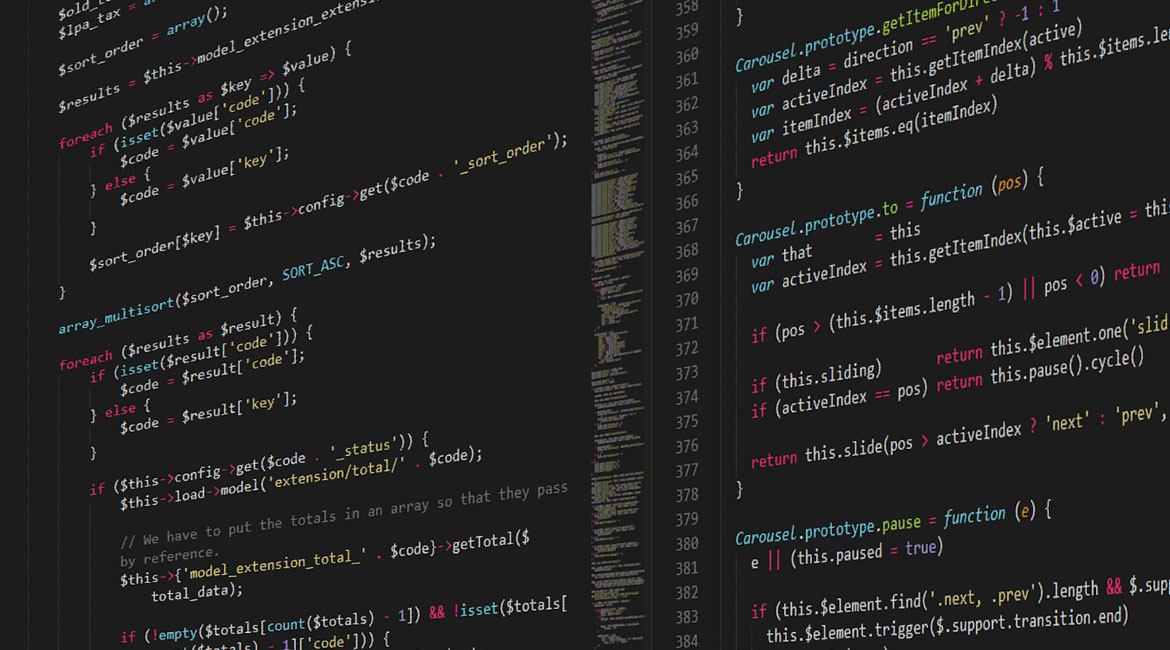We’re truly living in the future. Today, anyone can generate long pages of text, create images from scratch, or synthesize audio data using a few simple prompts. We can employ computing power in more unique ways than ever before, at scale, and with almost no cost to end users. And all this is possible thanks to generative AI.
Generative AI refers to AI systems capable of creating new content, such as images, text, music, or even entire realistic scenarios, without direct human input. All it takes is a nicely-worded prompt and with a click of a button, wonders abound.
For a technology that only entered mainstream consciousness in late 2022, generative AI seems to be everywhere. According to recent research, roughly 4 out of 5 teenagers in the UK are currently using generative AI tools. It’s not just about the young ones either, as another report suggests that about two-thirds of Australian employees say they use generative AI for work. There are all sorts of tech products touting some generative AI goodness or the other, from the well-known ChatGPT, to Google’s Bard, Midjourney, Harvey AI, Twitter’s Grok, and Microsoft’s Copilot.
With the proliferation of this technology in all manner of sectors, it’s natural to wonder, could 2024 be the year of generative AI?

The year of generative AI
It could be argued that 2023 was actually the year of generative AI. That year saw the technology really catch public imagination and it ignited an AI arms race that we’re seeing play out in many industries.
However, 2024 could be really different and pivotal for the technology. As I explain below, this year could see generative AI truly come into its own with a level of maturity and industrial application that sees it integrated into the fabric of not just how we play, but also how we work and live. Some of the key trends that could drive this adoption include the following:
Bundling of AI services and functions
Companies and developers are integrating various AI capabilities into unified platforms, allowing for seamless interaction and enhanced user experiences. This convergence of AI services enables more efficient workflows, as users can access a diverse range of functionalities within a single ecosystem.
In the context of generative AI, this bundling facilitates the integration of different generative models, such as text generation, image synthesis, and music composition, into cohesive frameworks. As a result, users can leverage these combined capabilities to unleash their creativity and tackle complex tasks with unprecedented ease.
Imagine answering emails, proofing lengthy texts, generating high quality first drafts with little effort. That’s the advantage that generative AI could bring when developed into cohesive business-focused products.
Higher quality output
Advancements in generative AI algorithms have led to a significant improvement in the quality and realism of generated content. In 2024, we witness the fruition of years of research and development, with generative models capable of producing lifelike images, natural language text, and immersive audiovisual experiences.
From hyper-realistic computer-generated imagery (CGI) to AI-authored literature that rivals human-authored works, the output of generative AI surpasses previous benchmarks, blurring the line between artificial and authentic content. This enhanced realism opens up new possibilities across industries, from virtual prototyping in product design to personalized content generation in marketing and entertainment.
Stronger web of policy and regulations
As generative AI proliferates and its applications become more widespread, there is a growing demand for transparency and media standards. Concerns surrounding the ethical implications of AI-generated content, including misinformation, manipulation, and privacy breaches, prompt stakeholders to advocate for accountability and regulatory oversight.
In response, industry leaders and policymakers collaborate to establish guidelines and standards that govern the responsible use of generative AI. Transparency measures, such as disclosure requirements for AI-generated content, empower users to make informed decisions and mitigate the risks associated with deceptive practices. Additionally, initiatives to promote media literacy and critical thinking skills help users discern between authentic and AI-generated content in an increasingly digitized world.
Regions such as the EU have also responded by issuing statutory guidance around the use of AI – colloquially known as “AI laws”. This ensures that the mind blowing applications of generative AI are tempered and shaped by a legislative framework that enables ethical progress.
Expansion of sovereign AI capacity
Nations are increasingly channeling investments towards building indigenous AI capabilities to bolster their strategic interests and economic competitiveness. Recognizing the transformative potential of generative AI, governments allocate resources towards research, development, and deployment initiatives aimed at harnessing the power of AI for societal benefit.
Sovereign AI initiatives encompass a wide range of domains, from defense and cybersecurity to healthcare and education. By nurturing homegrown talent and fostering innovation ecosystems, countries seek to establish themselves as leaders in AI technology and shape the future trajectory of global AI governance.
Ultimately, these trends tell us that generative AI may kick on to the next level of global adoption in 2024 and it promises to be a very interesting experience.



